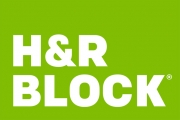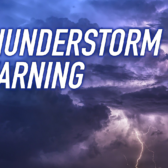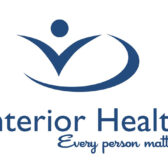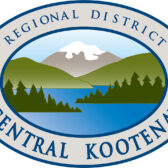Tax Tips: Suffered A Job Loss In 2015?
Tax time is getting closer than we think (2016 deadline to file is May 2) and The Nelson Daily, with help from H&R Block, is providing tips to the public leading up to the final day of filing to CRA.
Today the focus is on tips for people who have suffered a job loss in 2015.
The unfortunate reality: Corporate restructuring and downsizing can happen in any industry at any level. If your employment was terminated last year, there are tax implications that can be an issue when you file your return.
Severance packages: Treated as lump sum payments by the Canada Revenue Agency (CRA), federal and provincial income taxes will be deducted by your employer. If you have worked for your employer since before 1996 you may be able to directly transfer part of it to your RRSP. Otherwise, the amount you can put in will be limited by your RRSP contribution room. This will reduce some of the immediate tax hit.
EI is taxable income: Service Canada will withhold some money for tax purposes, but those deductions may not cover your entire tax obligation especially if you work for part of the year. If you earned more than $61,875 in 2015 and you are a repeat claimant, you will be asked to repay 30 per cent of either you net income in excess of this amount or the total amount of EI benefits paid, whichever is less.
Freelance work: While losing your job can be a springboard to a new freelance career or self-employment, make sure you understand the tax implications before making the leap:
- No tax is deducted at source. It’s wise to create a separate bank account to cover your tax bill when you file your return. If your tax owing is more than $3,000 and will continue to be more than $3,000 next year, the CRA may also ask you to start paying your taxes by installments.
- Reasonable business expenses are deducted from your business income to reduce your tax obligations. But unreasonable or unusually high business expense claims will likely trigger an audit. The CRA expects that automobiles, phone lines and Internet connections will be used for personal purposes as well, so only a portion can be claimed.
- If your self-employment income exceeds $30,000 in four consecutive calendar quarters, you must collect and remit Goods and Services Tax (GST) or Harmonized Sales Tax (HST). When you must begin collecting the tax depends on how quickly your income reached $30,000. If self-employed income reaches $30,000 in a single calendar quarter, GST/HST must be collected on the invoice that goes over the threshold. If it takes longer to reach $30,000, you may have up to a month before you must collect the taxes.
- Self-employed Canadians who charge GST/HST can claim input tax credits for the GST/HST they pay on business expenses to reduce the amount of GST/HST they are required to remit.
- Self-employed Canadians must pay both the employer and employee portion of their CPP contributions. However, they can claim a deduction for the employer portion and a non-refundable tax credit for the employee portion.
A tax professional at H&R Block at 810 Vernon Street, Nelson, BC, V1L 4G4 can talk about other credits and deductions that may affect you. Call (250) 354-4210 and ask for Ellen. Or to find the office nearest you visit www.hrblock.ca

























